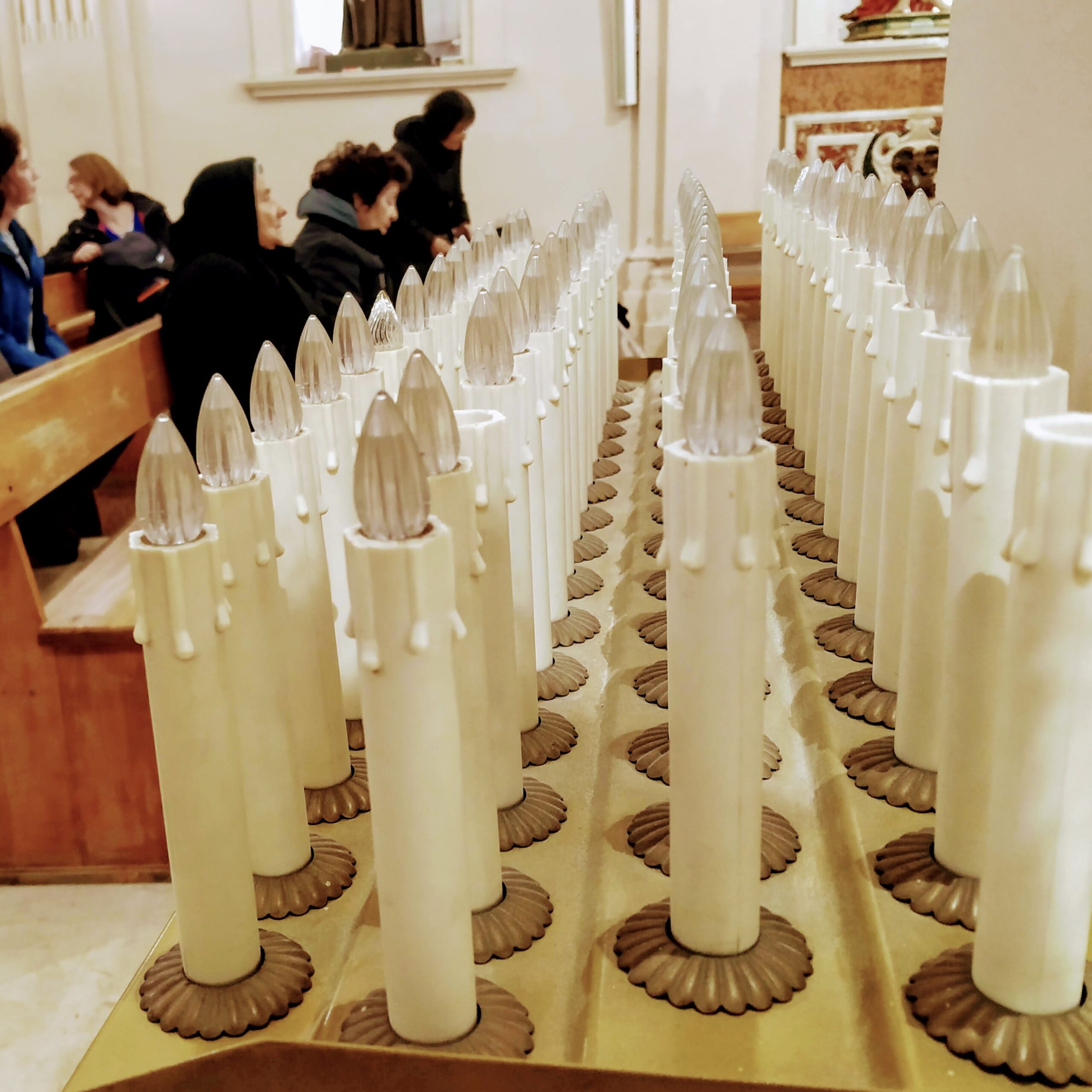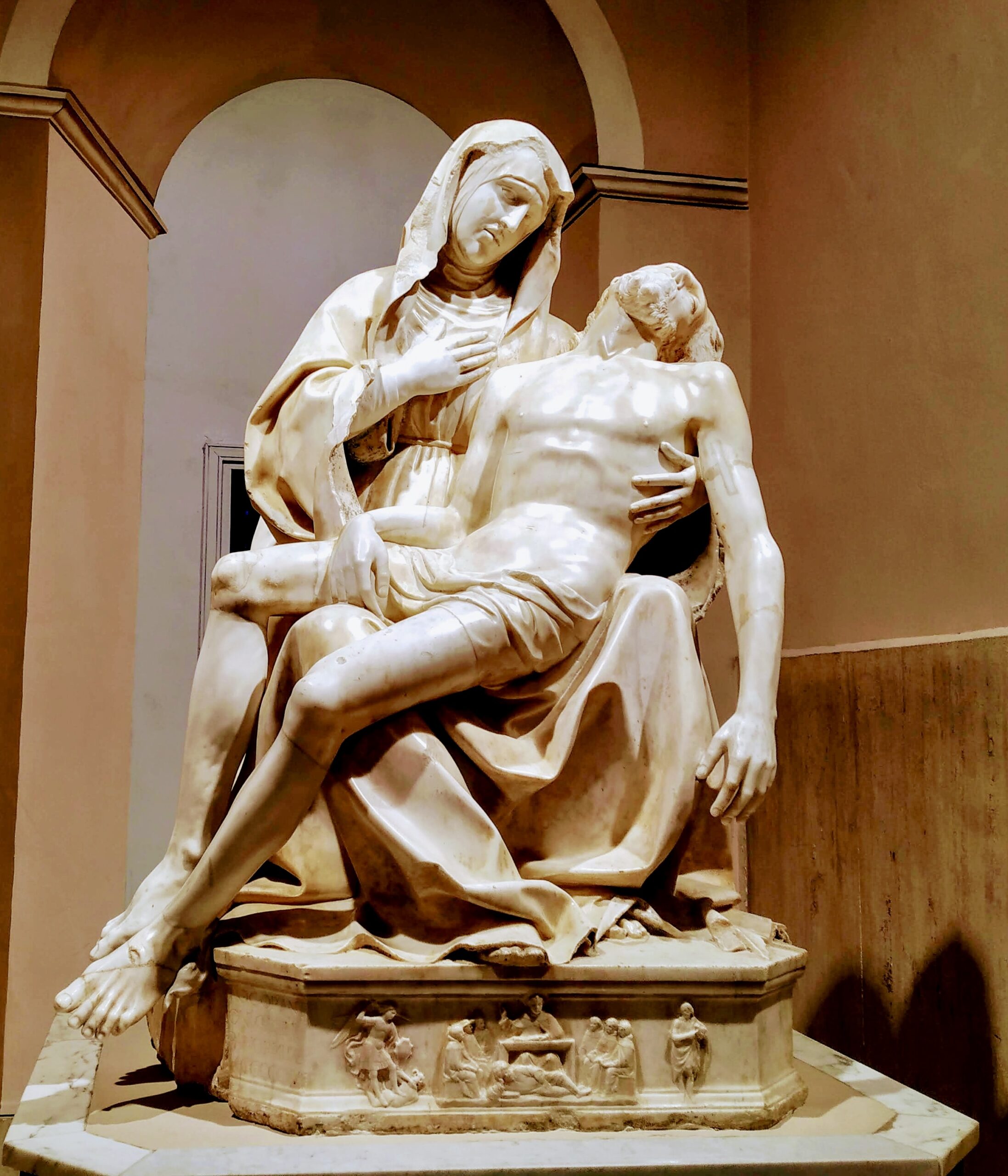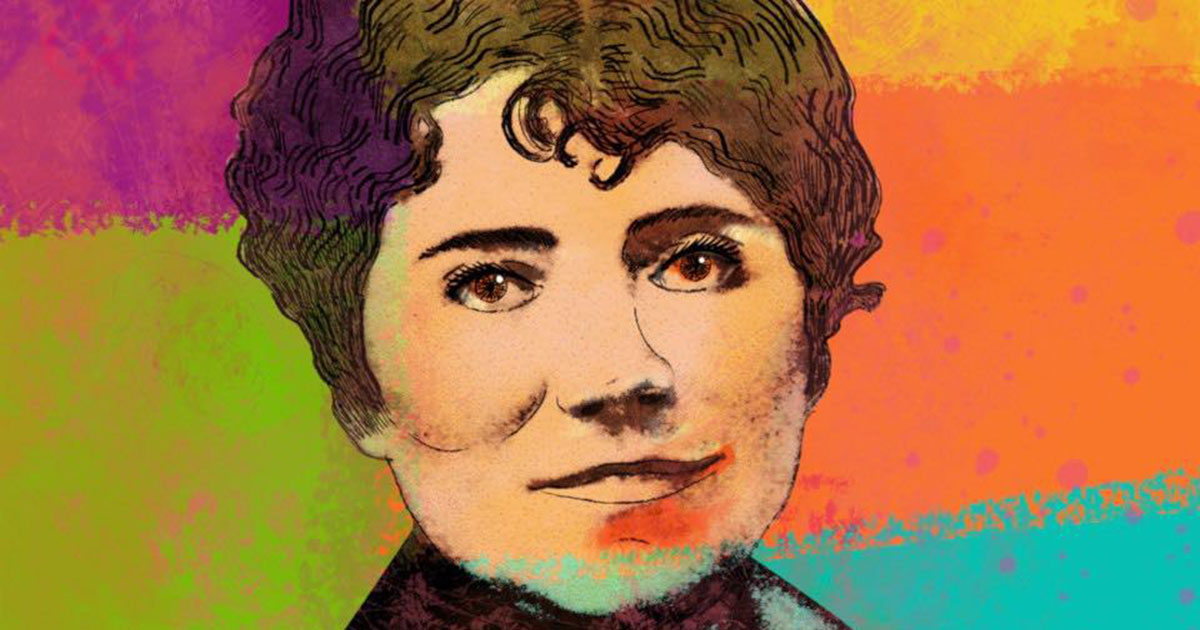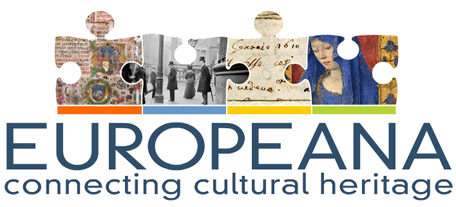By Erika Gerardini, Project Manager and Trainer, JUMP - Italy
Since JUMP has been hosting lecturers from all over Europe since 2015, the team has always included a walking tour in Upper Soverato in the weekly training programme. Just there is possible to see what we think is the most precious piece of art in our local context: la “Pietà” by Antonello Gagini.
We tried to show this beauty in a video created to celebrate the V centenary of its creation (1521-2021) published on youtube https://www.youtube.com/watch?v=Z372urfp-to&t=4s
The video is our interpretation of the JUMP international point of view towards our immense cultural heritage also represented by the marble group which is absolutely not famous and not promoted by the local community. JUMP brought many teachers and each time it was asked them to enter with their eyes closed and open them in front of the statue situated in the little church.

Every person has been surprised and impressed by the preciousness preserved in the old village of Soverato superiore that has to be discovered.
Tourists are usually only attracted by the white, sandy beaches along the Ionian coast.
There are not many studies on the “Pietà” of Antonello Gagini. We decided to use the publication of the Professor Domenico Pisani published by Rubbettino Editor in 1995.
Since 1783 when the big earthquake destroyed half of the Calabria region,
The marble group was in the convent of Santa Maria della Pietà in Petrizzi, where it remained abandoned for many years. After a long restoration by The Opificio delle pietre dure in Florence the statue returned to Calabria and now it is in the Church of Maria Santissima Addolorata in Soverato.
The Pietà of Soverato was certainly born, quoting Kruft (1), in late competition with Michelangelo’s marble group. Gagini wanted to give the work a personal touch so as not to fall into banal imitation.
Commissioned by Giovanni Martino d’Aquino, a descendant of St Thomas and Blessed Francesco da Zumpano, the statue was completed in 1521 and still represents the best example of the ‘Calabrian Renaissance’.
The figure of the Madonna is full of intimate pathos in her gaze, in which pain and composure merge at the same time.
Mary receives in her womb the Son of God just taken down from the cross, bringing her hand to her breast. It is a representation of the greatest pain one can experience in earthly life.
The statue is placed on a beautiful low relief with a very precise inscription, in Latin, specifically requested by the client.
We really hope that, with our articles on the “Pietà” and through the Erasmus Plus project “Let’s teach Europe” we can welcome our international friends soon and see with them our art in Soverato. At the same time, we stress the need to promote and spread the voice that “in Soverato you can find the beauty and a little piece of Renaissance”.
- Hanno Walter Kruft, Domenico Gagini und seine Werkstatt, Monaco di Baviera 1972; Antonello Gagini und seine Söhne



